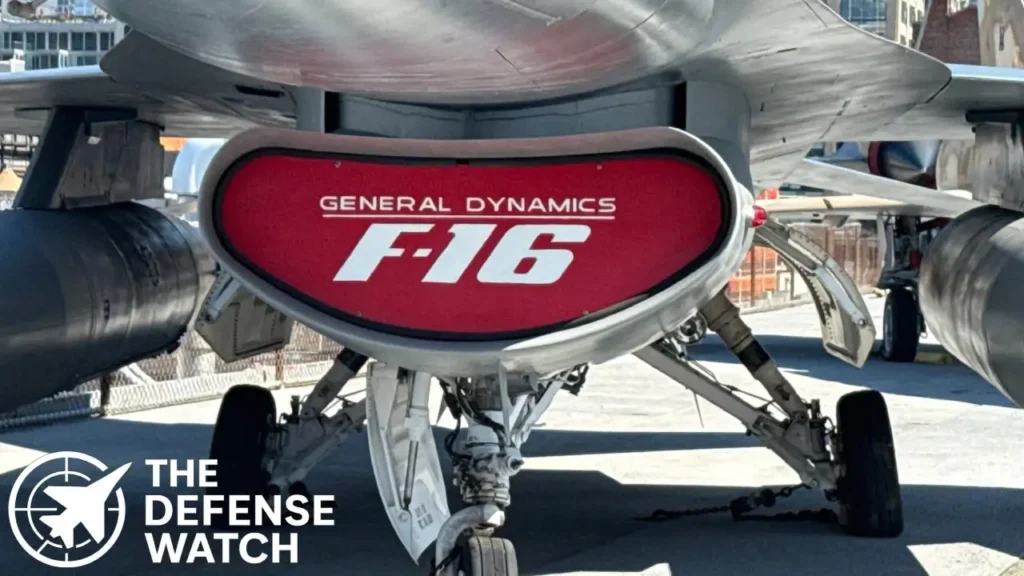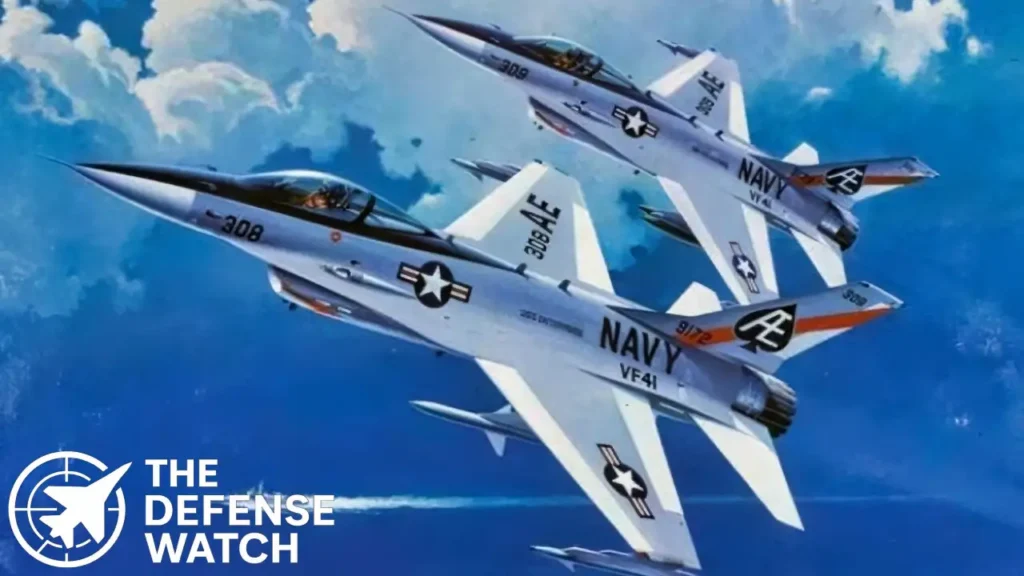The Vought Model 1600: A Navalized F-16 That Never Flew
In the mid-1970s, the U.S. Navy faced a critical question: how to replace its aging F-4 Phantoms and A-7 Corsairs with a cost-effective, modern, and carrier-capable multirole fighter. What emerged was the Navy Air Combat Fighter (NACF) program — a parallel effort to the Air Force’s Lightweight Fighter program that produced the iconic F-16 Fighting Falcon.
While General Dynamics proposed a modified, carrier-capable version of its F-16 design, the Vought (LTV) Model 1600 — nicknamed the “Sea Falcon” — offered an intriguing blend of affordability and adaptability. Had it been selected, naval aviation might have followed a very different path.
From Lightweight Fighter to Fleet Defense: The NACF Vision
The NACF’s goal was straightforward but ambitious: field a low-cost, high-performance fighter that could supplement — not replace — the Navy’s heavier fleet-defense interceptors like the F-14 Tomcat. The idea of a “common” aircraft platform for both the Air Force and Navy promised cost discipline and logistical commonality at a time when defense budgets were under scrutiny.
However, naval requirements were far more demanding. Carrier aviation imposed stresses — catapult launches, arrested recoveries, salt corrosion, and compact hangar storage — that required a more robust structure than the Air Force’s land-based F-16.
This is where Vought, with deep carrier experience from the A-7 Corsair II, stepped in.
The Vought Model 1600 “Sea Falcon” Concept
The Vought Model 1600 was essentially a navalized derivative of the F-16, re-engineered for carrier operations. The design retained the F-16’s agile aerodynamics and fly-by-wire controls but incorporated major modifications, including:
- Reinforced landing gear and arrestor hook for carrier landings
- Corrosion-resistant structure for maritime operations
- Larger wing area to improve low-speed handling on carrier approaches
- Folding wings to conserve deck space
- Revised nose gear for catapult compatibility
- Integration of Sparrow-class missiles for fleet defense missions
The Sea Falcon would have carried a single Pratt & Whitney F100 turbofan, offering comparable thrust to the F-16A but with weight penalties due to navalization.

Single Engine vs Twin Engine: A Critical Divide
While the Model 1600 promised simplicity and commonality, the Navy remained wary of a single-engine fighter operating far from shore. Engine failure over the open ocean was a serious risk — one the service was reluctant to accept.
McDonnell Douglas, meanwhile, proposed the F-17 derivative that would become the F/A-18 Hornet — a twin-engine design offering redundancy and a higher degree of mission survivability. Although the Sea Falcon’s projected sortie generation rate and lower maintenance footprint appealed to cost-conscious planners, the integration risk of adapting the F-16 for carrier service proved too great.
Ultimately, in 1975, the Navy selected the McDonnell Douglas/Northrop proposal — setting the stage for the F/A-18 Hornet’s rise as the fleet’s multirole workhorse.
Why the “Sea Falcon” Failed — and What It Represented
The cancellation of the Model 1600 reflected a broader tension in 1970s defense procurement — between innovation and pragmatism. The concept of a common fighter across services was politically attractive but technically risky. Navalized aircraft demand unique reinforcements that often offset the weight and cost advantages of lightweight designs.
Still, the Sea Falcon concept anticipated ideas that would re-emerge decades later — such as the F-35 Joint Strike Fighter’s cross-service adaptability and digital flight controls. In many ways, the Vought Model 1600 was a generation ahead of its time.
Analysis: A “What-If” of Carrier Aviation
Had the Navy adopted the Sea Falcon, carrier air wings might have fielded a lighter, faster, and more affordable aircraft — though with potential limitations in endurance and payload. The F/A-18’s twin-engine design ultimately proved more flexible for both strike and fleet defense missions, justifying the Navy’s caution.

Yet the Vought Model 1600 remains a fascinating “what-if” of Cold War aviation — a symbol of how technological ambition, interservice politics, and operational pragmatism collide in the evolution of airpower.
FAQs
A proposed navalized version of the F-16 Fighting Falcon designed by Vought (LTV) in the 1970s for the Navy Air Combat Fighter program.
Concerns over single-engine reliability, carrier integration risks, and structural challenges led the Navy to favor the twin-engine F/A-18 Hornet.
No, the design never progressed beyond the conceptual stage; all effort ended when the Navy selected McDonnell Douglas’s proposal.
It foreshadowed later attempts at cross-service fighter designs, such as the Joint Strike Fighter (F-35) program.

